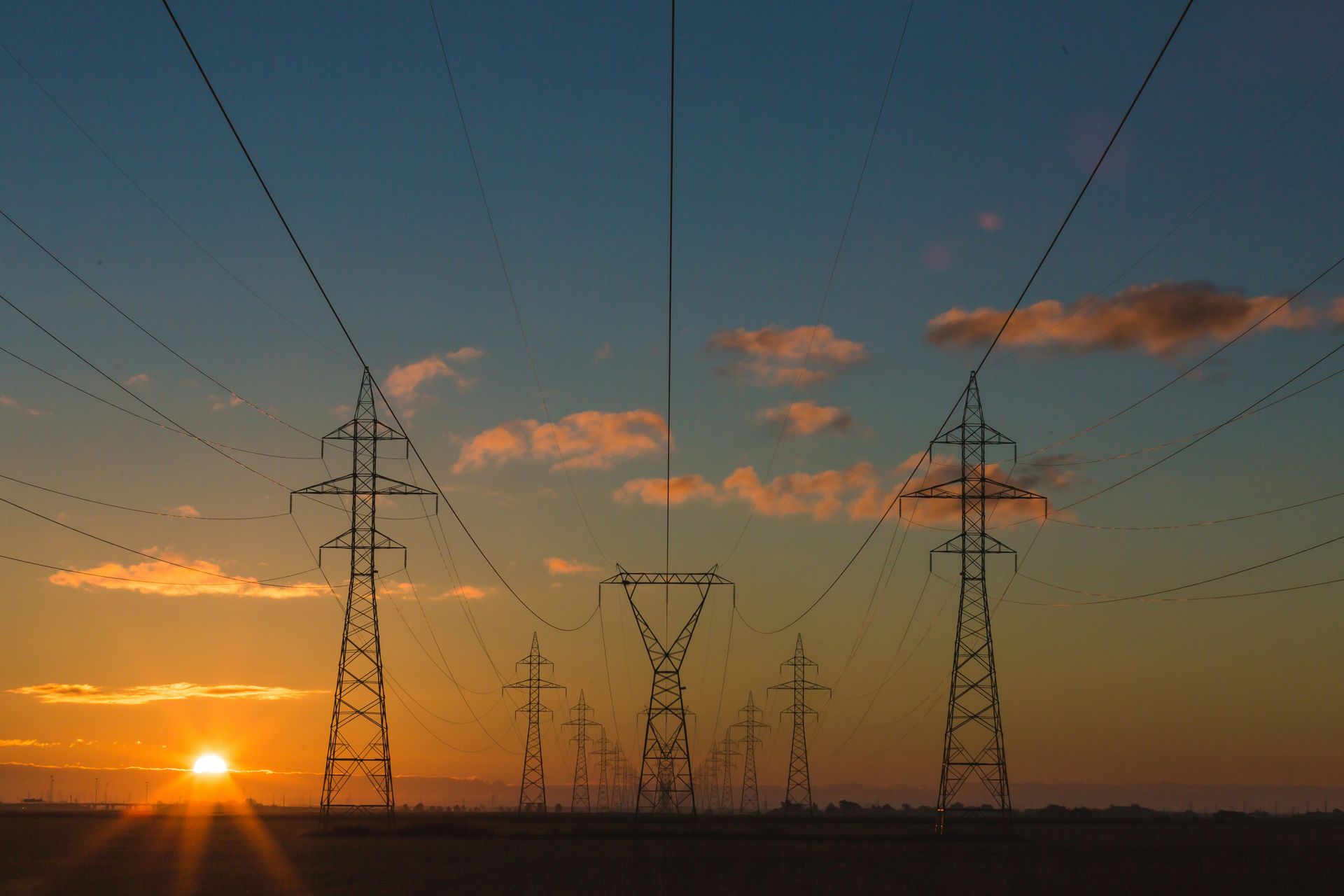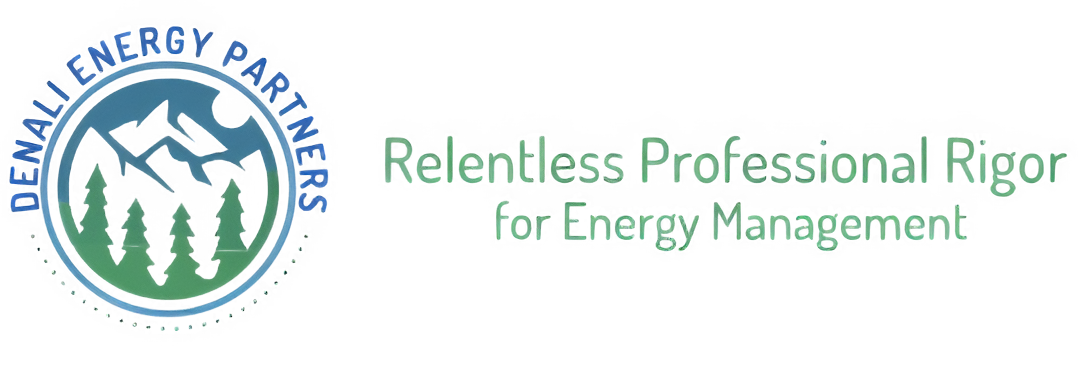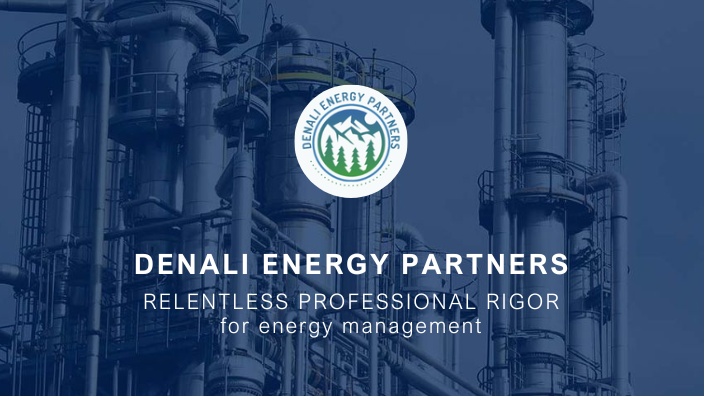Direct Economic and Environmental Benefits of Pursuing Energy Efficiency in Industrial Parks
Denali-ep
| 17 de octubre de 2024
Direct Economic and Environmental Benefits of Pursuing Energy Efficiency in Industrial Parks
Energy efficiency in industrial parks is not only a growing trend but also a fundamental strategy to improve profitability and reduce environmental impact. In this article, we will explore the multiple economic and environmental benefits that come from implementing energy efficiency practices in industrial settings.
Introduction
Energy efficiency refers to the practice of using less energy to provide the same level of service. In the context of industrial parks, this can range from optimizing machinery to adopting advanced technologies. Implementing these practices not only contributes to environmental sustainability but also offers significant economic advantages.
Direct Economic Benefits
Reduction in Operational Costs
One of the most immediate benefits of energy efficiency is the reduction in operational costs. Energy is often one of the largest expenses for industrial parks. Implementing energy-efficient measures, such as upgrading lighting systems or improving equipment efficiency, can substantially reduce energy bills.
Enhanced Competitiveness
By reducing operational costs, companies can offer more competitive prices in the market. This not only improves profitability but also strengthens the company's position in an increasingly competitive landscape.
Incentives and Subsidies
Many governments and organizations offer financial incentives and subsidies for implementing energy-efficient technologies. These programs can help offset the initial cost of upgrades and accelerate the return on investment.
Increased Property Value
Industrial parks that implement energy-efficient practices often see an increase in property value. Buildings with efficient systems are more attractive to potential tenants and buyers.
Environmental Benefits
Reduction of CO2 Emissions
Energy efficiency reduces the amount of energy needed to perform tasks, which in turn decreases greenhouse gas emissions. This contributes to the fight against climate change and helps companies comply with environmental regulations.
Conservation of Natural Resources
By using less energy, the demand for natural resources such as oil and gas is reduced. This helps conserve these limited resources for future generations.
Reduced Environmental Impact
The implementation of cleaner and more efficient technologies also reduces the environmental impact associated with energy production and consumption. This includes lower air and water pollution levels.

Strategies to Improve Energy Efficiency
Energy Audits
Energy audits are a key tool for identifying areas where efficiency can be improved. These detailed analyses highlight energy consumption patterns and suggest specific measures to reduce it.
Equipment Upgrades
Replacing outdated equipment with more efficient versions can yield substantial benefits. Technologies like LED lighting systems and high-efficiency motors are examples of how energy consumption can be significantly reduced.
Implementation of Energy Management Systems
Energy management systems help monitor and control energy consumption in real-time. These systems make it easier to identify opportunities for reducing consumption and optimizing resources.
Staff Training and Education
Training staff on energy-efficient practices is crucial. A well-informed team can help implement and maintain efficiency measures more effectively.
Success Stories in Energy Efficiency
Example 1: Textile Industry
A textile plant that implemented energy efficiency improvements reduced its energy consumption by 25%, leading to significant savings on its energy bill.
Example 2: Automotive Sector
An automobile manufacturer modernized its production equipment with energy-efficient technology, resulting in a 30% decrease in energy consumption and a reduction in CO2 emissions.
Challenges and Considerations
Initial Costs
The initial cost of implementing energy-efficient technologies can be high. However, long-term savings often justify the investment.
Resistance to Change
Resistance to change from staff or management can be a challenge. It is important to clearly communicate the benefits and provide the necessary training.
Ongoing Maintenance
Energy efficiency requires ongoing maintenance and regular system reviews to ensure that they continue operating efficiently.
Conclusion
Pursuing energy efficiency in industrial parks offers both economic and environmental benefits. Reduced operational costs, enhanced competitiveness, and access to financial incentives are just some of the direct economic benefits. Additionally, lowering CO2 emissions and conserving natural resources highlight the positive environmental impact. Despite initial challenges, investing in energy efficiency is a smart strategy that contributes to a more sustainable and profitable future.
What is energy efficiency, and why is it important for industrial parks?
Energy efficiency involves using less energy to perform the same tasks, which helps industrial parks lower operational costs, reduce energy waste, and contribute to environmental sustainability. It's a key strategy for improving profitability and minimizing environmental impact.
How does energy efficiency directly reduce costs in industrial parks?
Energy-efficient practices, such as upgrading equipment or optimizing energy use, can significantly lower energy bills. By consuming less power, industrial parks save on operational expenses, which enhances profitability over time.
What environmental benefits come from implementing energy-efficient practices?
Energy efficiency reduces greenhouse gas emissions by decreasing energy consumption, conserves natural resources, and lowers the overall environmental footprint of industrial parks by reducing air and water pollution.
Are there financial incentives for implementing energy-efficient technologies in industrial parks?
Yes, many governments and organizations offer incentives, tax credits, and subsidies for adopting energy-efficient technologies. These programs can help offset initial investment costs and make energy efficiency improvements more affordable.
What challenges do industrial parks face when pursuing energy efficiency?
Some of the main challenges include high upfront costs for implementing energy-efficient systems, resistance to change from employees or management, and the need for ongoing maintenance to ensure that energy-efficient practices are sustained over time.




